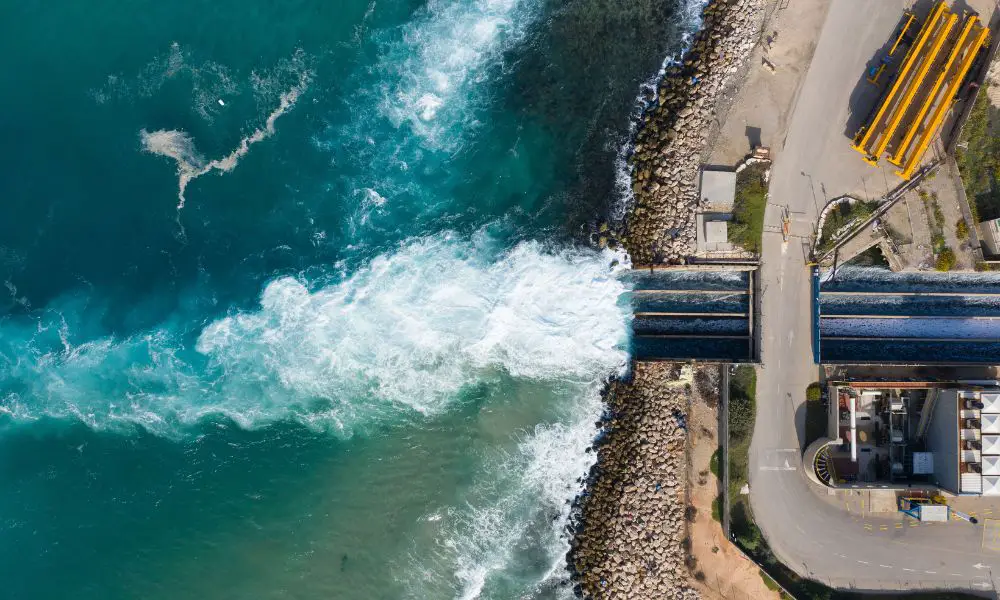

As the effects of climate change become increasingly evident and freshwater resources become scarce, many cities worldwide rely on desalination systems to provide safe drinking water.
But what exactly is a desalination system? How does it work? And how have they evolved since their debut in the early 2000s? In this blog post, we’ll look at how a water desalination system works in 2023.
At its core, a desalination system is essentially a large-scale filtration system that converts saltwater into freshwater. Nickel alloy is the ideal option for its superior corrosion resistance and ability to withstand high pressures and temperatures.
There are several different desalination systems, but they all rely on a combination of four processes: reverse osmosis, distillation, electrodialysis reversal (EDR), and freezing. Let’s take a closer look at each one.
Reverse osmosis involves forcing saltwater through membranes that only allow new water molecules to pass through. This process creates two streams—fresh water and an even higher salt concentration than the original stream.
Reverse osmosis can treat both brackish and seawater sources equally, making it one of the most popular desalination techniques today.
Distillation is another popular method for producing freshwater from salty sources. This method involves heating saltwater until it becomes steam, then capturing that steam and condensing it back into liquid form. The condensed liquid will contain much less salt than the source because salt does not evaporate during this process as other contaminants do.
The EDR process involves passing saltwater between two electrodes (positive and negative). When electricity passes through these electrodes, ions in the water are attracted to either electrode based on their charge. This causes them to separate from each other and form two streams—one more saline than the other—which you can then collect separately. In contrast to reverse osmosis and distillation methods, EDR produces very little waste since no chemicals are involved in the process.
Finally, there’s freezing—a relatively new technique for removing salt from seawater sources. This method involves cooling seawater until it reaches its freezing point; when this happens, dissolved salts will begin to crystallize out of the solution due to their lower solubility at cooler temperatures. After this occurs, freshwater ice can be removed from the mixture, leaving behind concentrated brine, which you can dispose of accordingly.
Now you know how a water desalination system works and that all four of these processes have been around for several decades now. Still, recent technological advancements have made them more efficient and cost-effective than ever before. Because of this, these are all viable solutions for providing safe drinking water in arid climates where freshwater resources are scarce or contaminated beyond usable levels.
For example, many cities worldwide are now relying on combinations of these four processes to provide safe drinking water for their citizens—something unimaginable just 10 years ago! So, if you’re looking for a reliable source of fresh drinking water in 2023, you may want to consider investing in your desalination system!
There’s nothing worse than lighting a new candle and watching it sputter out, tunnel, or…
Discover how woven metal fabric transforms restaurant design with its versatility, from feature walls to…
Upgrading your workspace? Get inspired by design ideas for materials, lighting, and amenities, and tips…
In recent years, the global interest in peptides has surged due to their wide-ranging benefits…
Maximize your workspace without overspending. Explore practical ways to expand your office using smart layouts,…
Discover how to create a thriving STEM community through hands-on, collaborative projects that are perfect…